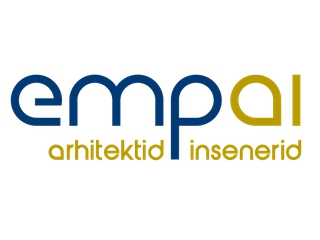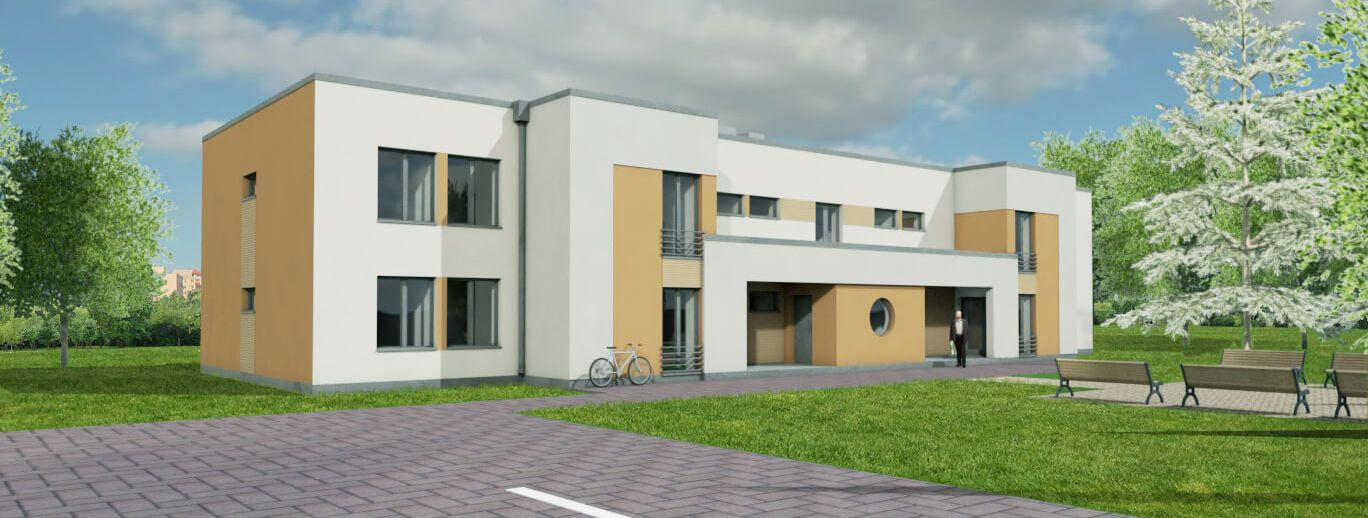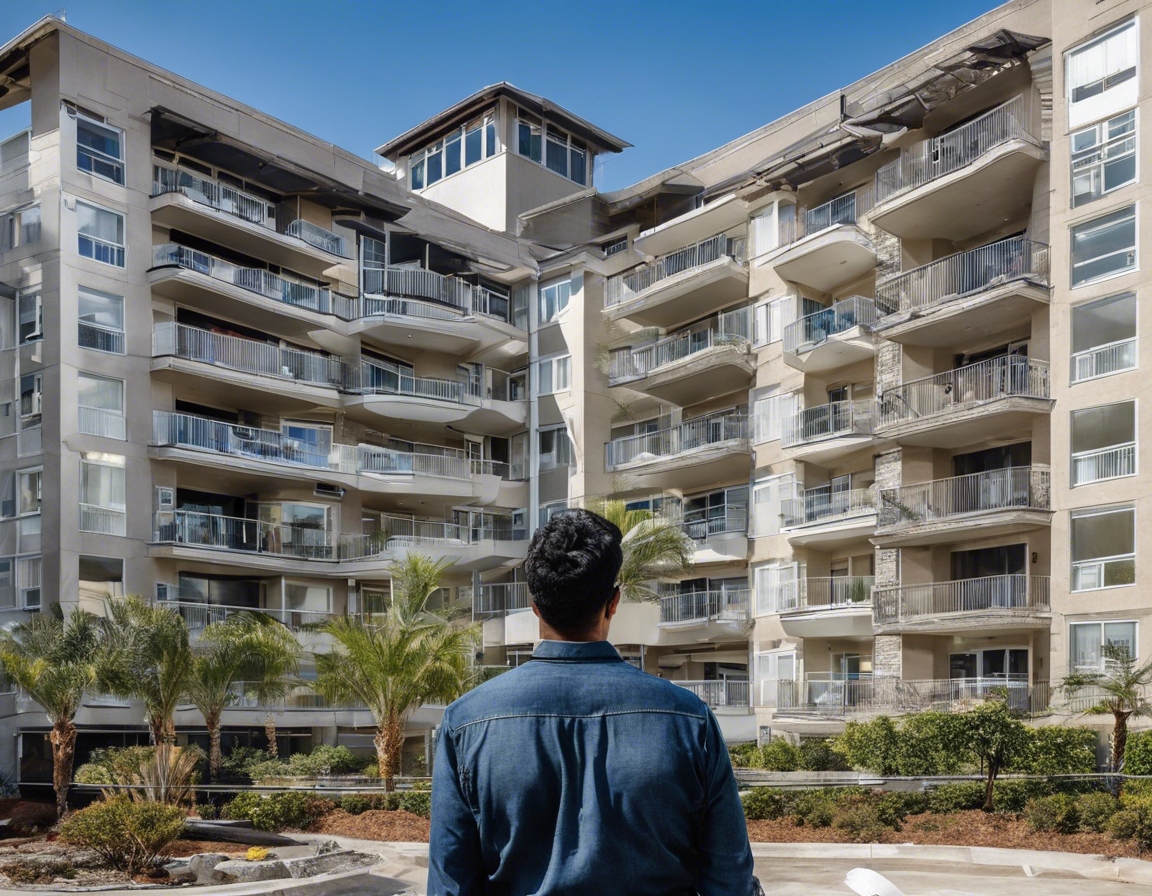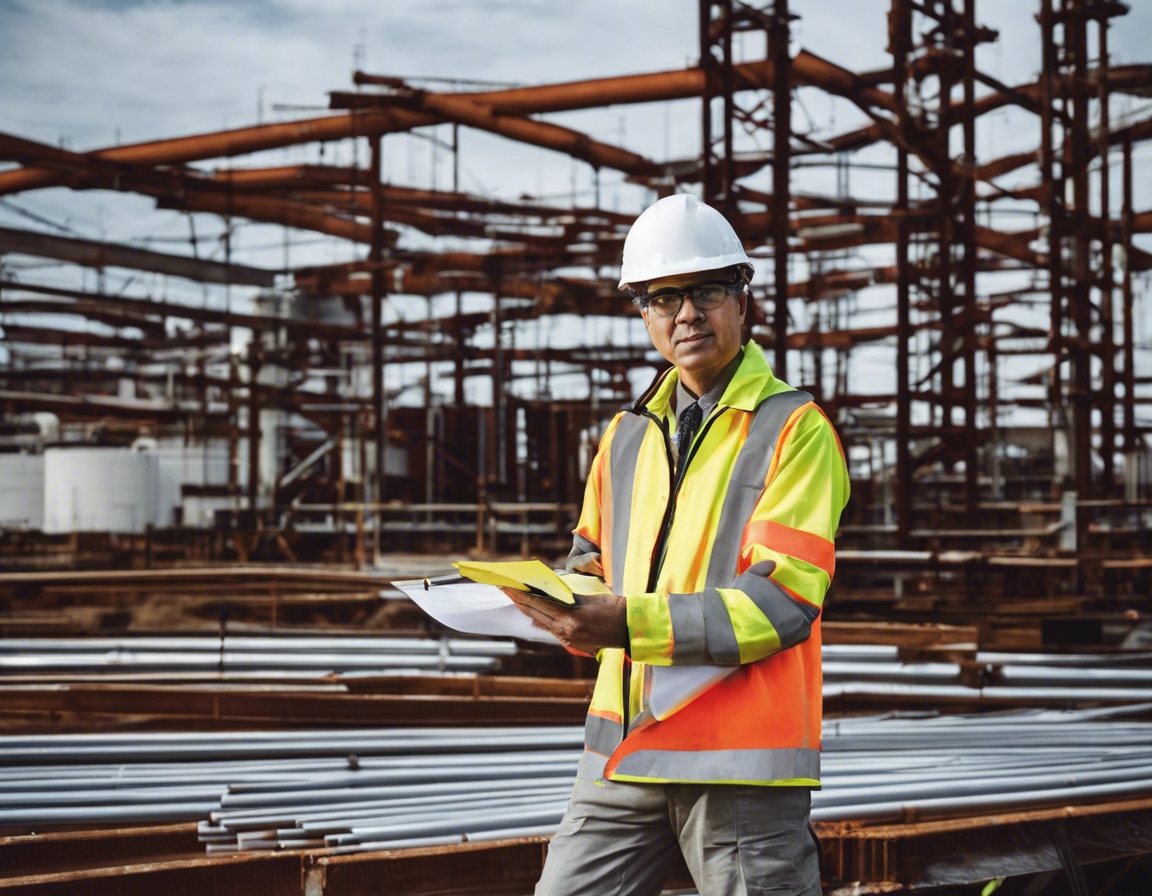The art of integrating modern design with historical buildings
Integrating modern design with historical buildings is not just an architectural challenge; it's a dialogue between different eras, a reconciliation of progress with tradition. For developers, architects, and planners, it represents an opportunity to preserve the narrative of the past while accommodating the needs of the present and future.
Historical buildings are tangible links to our past, providing insight into previous architectural styles, construction techniques, and cultural values. They contribute to the identity of a place and serve as landmarks of communal memory.
Modern design often emphasizes functionality, innovation, and sustainability. When juxtaposed with historical architecture, these elements can either complement or clash, depending on the approach taken to integrate the two.
Principles of Modern and Historical Design Fusion
Any integration project must begin with respect for the historical building's integrity. This involves preserving significant architectural features and understanding the building's historical context.
Modern design elements should not only serve current needs but also anticipate future requirements. This foresight ensures that the integration is not just a temporary solution but a long-lasting enhancement.
Both historical preservation and modern architecture increasingly emphasize sustainability. This common ground can serve as a bridge between old and new, with energy-efficient technologies and green practices being incorporated into the historical fabric.
Strategies for Successful Integration
Successful integration requires meticulous research and planning. Understanding the building's history, structural integrity, and cultural significance is crucial before any design work begins.
Adaptive reuse involves repurposing historical buildings for new functions, while retrofitting makes them suitable for modern use without significant alterations to their character.
Contemporary additions should be designed with sensitivity to the historical context, ensuring that new structures complement rather than overshadow the original.
Choosing materials that harmonize with the historical building while employing modern technology can enhance durability and functionality.
Regulatory Framework and Stakeholder Engagement
Integration projects often face strict regulatory frameworks aimed at preserving historical integrity. Navigating these requirements is a critical step in the process.
Working closely with heritage conservationists ensures that modern interventions are sympathetic to the historical significance of the building.
Engaging the community and educating stakeholders about the value of integration can foster support and ensure the project's success.
Design Techniques and Aesthetics
Creating a visual harmony between old and new, or intentionally contrasting them, can result in a dynamic and engaging aesthetic.
The goal is to blend eras in a way that each is distinguishable yet part of a cohesive whole, without erasing the historical narrative.
The interior design of integrated spaces should reflect the building's layered history, combining modern functionality with historical character.






Comments (0)